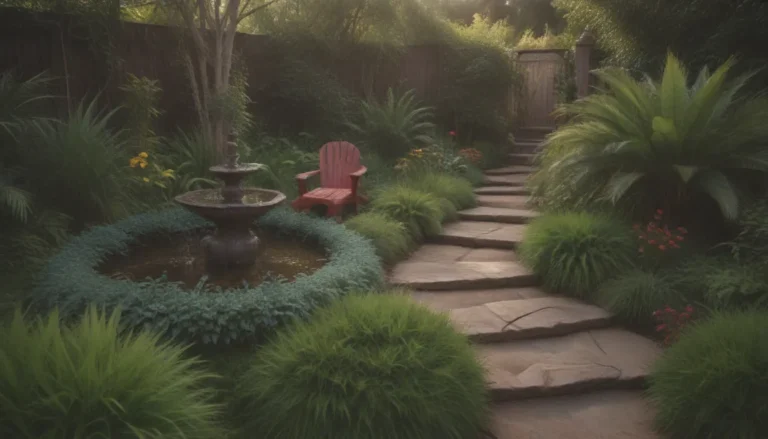Exploring the Fascinating World of Tudor Revival Architecture

Tudor Revival architecture is a captivating and distinctive style that has left its mark on the architectural landscape of the United States. Drawing inspiration from the English Tudor style of the late Medieval period, Tudor Revival architecture transports us to a whimsical vision of English country life from centuries past. With its unique blend of Renaissance and Gothic design elements, Tudor Revival architecture has captured the hearts of many homeowners and history enthusiasts alike.
Unveiling the History of Tudor Revival
The roots of Tudor Revival architecture can be traced back to the late Medieval period when the House of Tudor dynasty ruled England from 1485 to 1603. This architectural style combines elements of Renaissance and Gothic design to create a picturesque aesthetic characterized by half-timbering, steeply pitched roofs, and asymmetrical layouts. Tudor Revival architecture gained popularity in the UK in the late 19th century, spreading to former British colonies like New Zealand and Singapore.
In the United States, Tudor Revival architecture gained traction around 1895, reaching its peak in the 1920s and 30s before gradually fading out by 1945. This period coincided with the Arts and Crafts movement, which celebrated craftsmanship and simplicity in design while rejecting Victorian ornamentation and industrialization. American Tudor Revival homes often feature red brick facades with ornate detailing around windows, chimneys, and entryways. A distinctive characteristic of American Tudor Revival architecture is the prominent front gable, giving these homes a unique charm.
Despite the passage of time, Tudor Revival architecture continues to hold a special place in the hearts of homeowners and history enthusiasts. Many 20th-century examples of Tudor Revival homes can still be found in various neighborhoods across the country, from the suburbs of New York City to Philadelphia, Chicago, and Los Angeles. Even today, there are a few new construction Tudor Revival homes being built, showcasing the enduring appeal of this architectural style.
Discovering the Key Characteristics of Tudor Revival Architecture
When it comes to identifying Tudor Revival architecture, there are several key characteristics that set it apart from other architectural styles. Here are some of the hallmark features of Tudor Revival homes:
- Half-Timbered Detailing: One of the most distinctive features of Tudor Revival architecture is the charming half-timbered detailing. While in traditional Tudor construction, these beams were structural, in Tudor Revivals, they are purely ornamental, paying homage to the original style.
- Steeply Pitched Roofs: Tudor Revival homes often feature steeply pitched roofs that add to their whimsical and picturesque appearance.
- Asymmetrical Design: The asymmetrical layout of Tudor Revival homes gives them a unique and welcoming character, drawing inspiration from the original English Tudor style.
Delving into Interesting Facts About Tudor Revival Architecture
As we unravel the rich tapestry of Tudor Revival architecture, we come across fascinating facts and anecdotes that shed light on the history and allure of this distinctive style.
- “Stockbroker Tudors”: In the 1930s, a wave of newly rich Americans in wealthy suburbs sought to recreate the aura of Old World elegance by building what came to be known as “Stockbroker Tudors.”
- Tudor City: Constructed in the 1920s by real estate developer Fred F. French, Tudor City in Manhattan stands as a testament to the enduring appeal of Tudor Revival architecture. This residential high-rise complex applied Tudor architectural elements to standard brick apartment buildings, creating a unique blend of old-world charm in the heart of the bustling city.
In conclusion, Tudor Revival architecture is more than just a design style – it is a tribute to a bygone era, a visual representation of nostalgia and craftsmanship. While the heyday of Tudor Revival architecture may have passed, its legacy lives on in the historic homes and charming neighborhoods that continue to captivate us to this day. With its timeless appeal and whimsical charm, Tudor Revival architecture remains a beloved architectural style that has stood the test of time.





